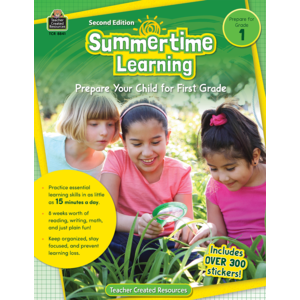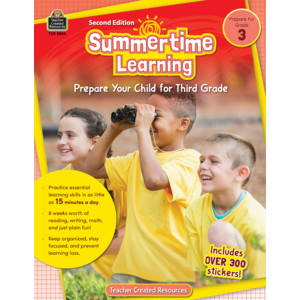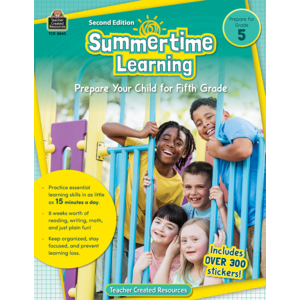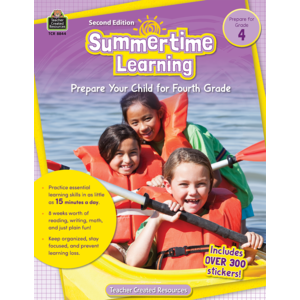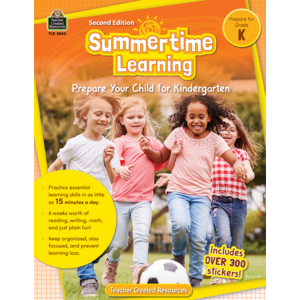 If you were to ask your children what their favorite part of the school year is, I bet they’d say summer. And why wouldn’t they? To them, it’s a time to sleep in, catch up on TV and movies, hang out with friends, and send even more text messages. It’s two months of freedom from homework, written reports, and classroom speeches.
If you were to ask your children what their favorite part of the school year is, I bet they’d say summer. And why wouldn’t they? To them, it’s a time to sleep in, catch up on TV and movies, hang out with friends, and send even more text messages. It’s two months of freedom from homework, written reports, and classroom speeches.
Unarguably, my summer breaks used to be my favorite part of the school year, too. In fact, I still remember my middle school summer routine as if I had just practiced it. Each day, my head was consumed by one “major” thought: at which friend’s house was I going to sleepover that night. (Sibling torture was a definite consideration.) And the only studying I did was of reading about Kristy in The Babysitter’s Club, scanning the pages of Tiger Beat, or watching Dylan McKay on 90210.
My middle school summers, as well as many modern summer routines, don’t sound too terrible. On the contrary, they sound fun and even stimulating. But are they educational? Not quite. And, unfortunately, a couple months of this behavior is like a minor car accident to your children’s education—they’ll recover, but it may take a while.
Think about it this way: Students solve math equations, write paragraphs, and learn about historical events for ten months; then they get two months off. In this time, they seldom solve, write, or learn anything of an academic nature. When they return to school, their brains, much like unpracticed athletes’ bodies, are out of shape and require retraining. In some cases, they have to relearn what they have already been taught.
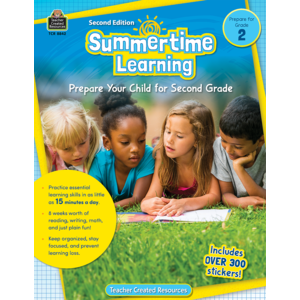 Researchers call this the Summer Gap because, simply put, during the summer, a gap in learning is formed. Fortunately, there are ways to combat this gap. Aside from going to the public library and checking out its recommended (and age-appropriate) reading selections, you can also buy materials that will support your children’s education. We’ve just finished a new Summertime Learning series, which centers on summertime activities and resources that will engage your children. Each book contains eight weeks of language arts and math activities. You’ll also find a recommended summer reading list, journal topics, educational and free Web sites, and stickers.
Researchers call this the Summer Gap because, simply put, during the summer, a gap in learning is formed. Fortunately, there are ways to combat this gap. Aside from going to the public library and checking out its recommended (and age-appropriate) reading selections, you can also buy materials that will support your children’s education. We’ve just finished a new Summertime Learning series, which centers on summertime activities and resources that will engage your children. Each book contains eight weeks of language arts and math activities. You’ll also find a recommended summer reading list, journal topics, educational and free Web sites, and stickers.
So let your children sleep in for a while. They can even catch up on some TV and movies. But be sure to give Summer Gap the smackdown and prove to your children that summertime learning can be entertaining, easy-going, and, much like Dylan’s McKay’s Porsche, a fun ride.

